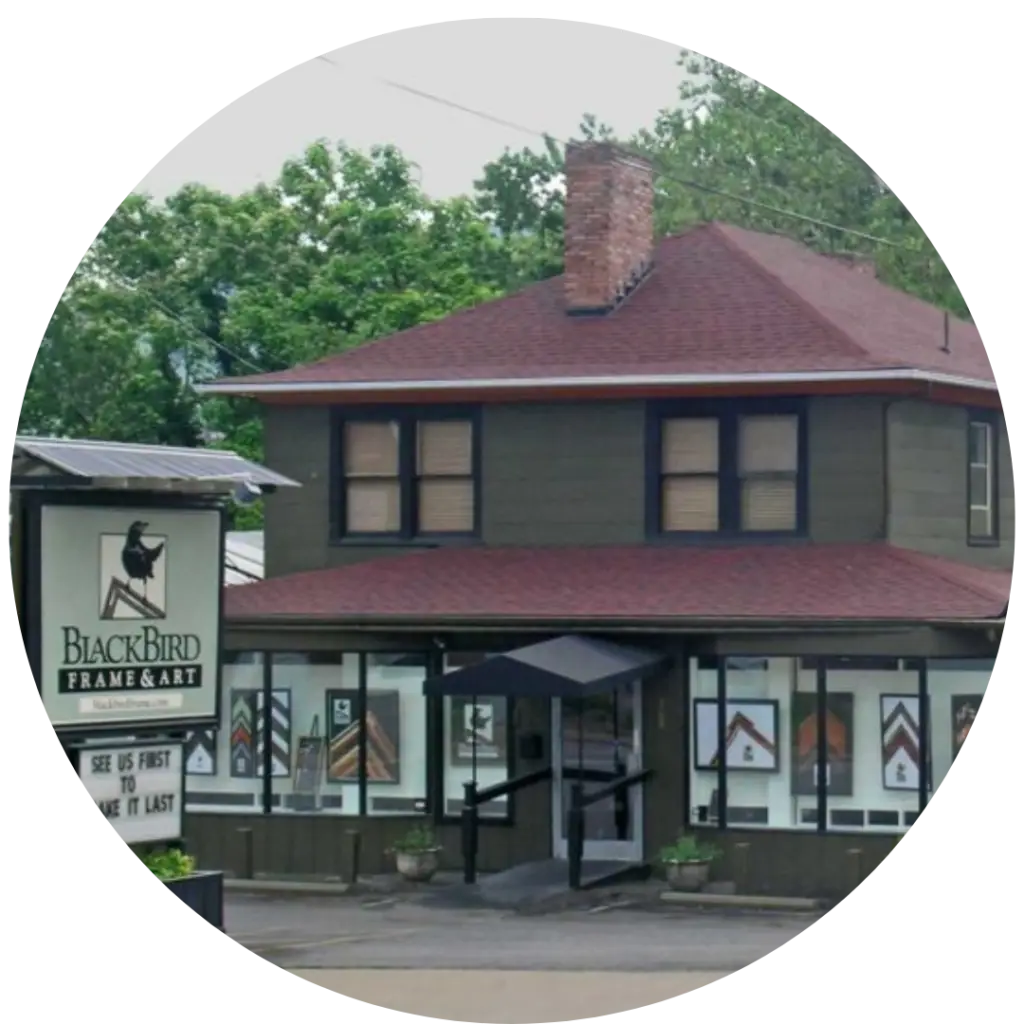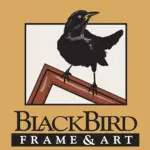What are your hours? 10-6 Monday through Friday, and 10-3 Saturday.
How do your prices compare to other frame shops? Our work is priced competitively. We offer frames for every budget.
Do you use conservation techniques when framing? Most of the time, yes. In certain situations it’s not appropriate (if a menu is changed frequently, for instance). We will not spend your money on something you don’t need.
Do I need an appointment? No.
Can I borrow samples? Absolutely! It’s important to us that you are confident with your decision. For example, many customers who are deciding among mirror frames will take samples home to make sure their choice will go well with their décor.
I have a frame. Will you put my art in it? Yes. We do not require you to buy a frame from us to use our services.
All I need is piece of glass, cut to a certain size. Can you do that? Yes. If movers broke the glass on your framed art, for instance, we can provide glass to your specifications or take care of the whole thing, including taking the art out and then re-fitting it.
Is it safe to leave my art in your shop? Yes. We will take good care of it. Unlike framing departments in some big-box stores, we do not send the art out to be framed.
Do you restore art? No, but we can refer you to someone who can.
Can you frame a baseball? Yes! We can frame anything.
Can you do oval frames? Yes. We can order frames in a multitude of shapes other than rectangular.
Can you cut oval openings in a mat? Yes. We have a computerized mat cutter that can cut any shape opening and can also make decorative cuts on the mat.
Do you build the frames? In most cases, yes. Lucite and finished corner frames are built offsite by the supplier.
Do you stretch canvas? Yes.
At BlackBird Frame & Art, we aim to provide the appropriate level of care for your art or object. This means using preservation techniques and materials to the extent warranted by the project, based on the value and condition of the art or object as well as the client’s needs and concerns for preservation. Expense is certainly an issue that may affect a client’s decisions, but we make every attempt to provide impartial advice on this matter. Certainly, there could be instances where we would decline to frame an item in a manner inappropriate to its current or potential value — monetary or otherwise. However, it is our experience that clients, with almost no exception, share our concern for preservation and seek to take the necessary steps.
Obviously the degree of attention to preservation varies considerably, as some items have no value and are meant only for temporary use and display (government-mandated postings in a business, for example). The need for maximum care is self-evident in the case of art that has significant monetary value, or objects of great sentiment. Between these extremes lie some gray areas. Items of limited or uncertain value pose issues that both the framer and our client must address. Some examples:
In short, the methods and materials used to frame each item are dictated by a variety of factors, including not only the nature of the object being framed, but also the client’s needs and preferences.

3/4 mile north of downtown Asheville
Free parking in front and back

365 Merrimon Avenue,
Asheville NC 28801
Phone: 1-828-225-3117
Hours
Mon-Friday 10am-6pm
Saturday 10am-3pm